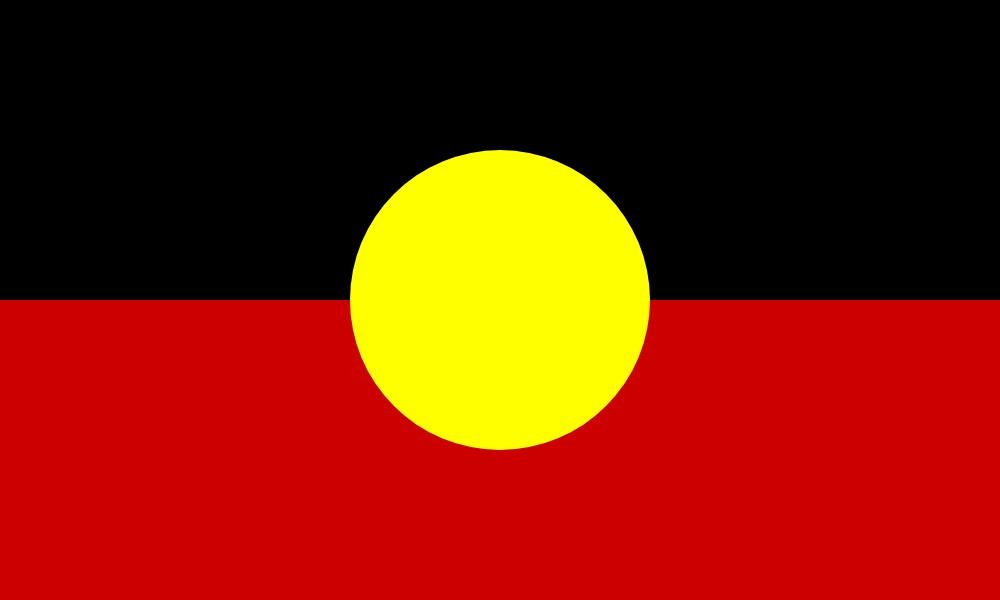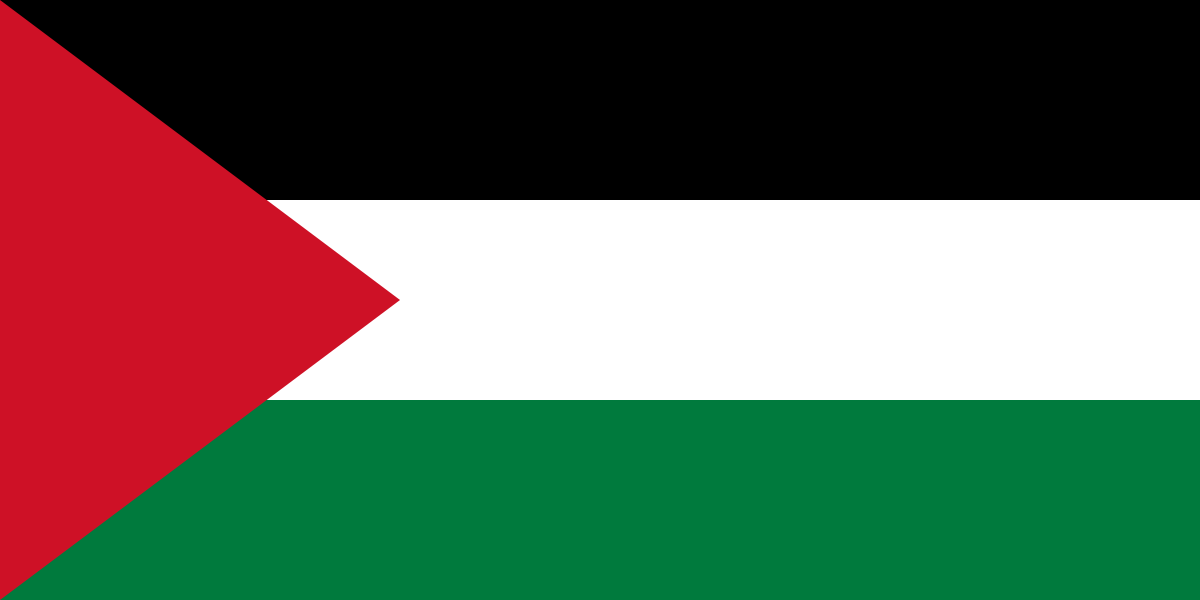Indigenous
749 readers
1 users here now

Welcome to c/indigenous, a socialist decolonial community for news and discussion concerning Indigenous peoples.
Please read the Hexbear Code of Conduct and remember...we're all comrades here.
Post memes, art, articles, questions, anything you'd like as long as it's about Indigenous peoples.

Chunka Luta Network, CLN linktree
founded 2 years ago
MODERATORS
26
18
On remote Indonesia karst outpost, Indigenous farmers fear the silence of the yams
(news.mongabay.com)
27
28
29
16
Nanaboozho and the artichokes: an anti colonial story of traditional ecological knowledge
(www.thousandworlds.ca)
30
31
32
33
34
35
36
37
38
39
40
41
42
43
44
42
Supreme Court spurns Native American religious claim over copper mine on sacred land
(www.nbcnews.com)
45
46
47
48
49
50
1
It’s A Complete Lie To Say Gaza Can Have Peace If Hamas Surrenders – Caitlin Johnstone
(caitlinjohnstone.com.au)
